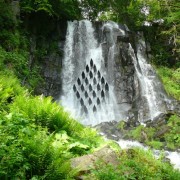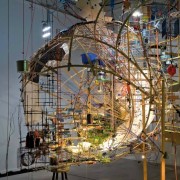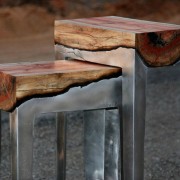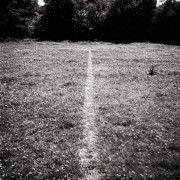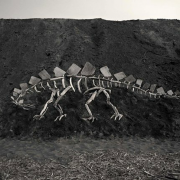
Portuguese street artist Artur Bordalo, aka Bordalo II, uses mixed media to create his own interpretations of the urban landscape and environment. He often composes his works using various found items that he merges together into beautiful forms. In that sense, his street art is unique because it appears slightly three-dimensional and is presented in surprisingly tactile formations. Recently, Bordalo II created Owl Eyes, a collaged owl composed of found trash and recycled materials. The piece towers high over pedestrians in a rusty compilation of metal, tires, and paint. (source).
[easy-share buttons=”facebook,twitter,linkedin,mail” counters=0 native=”no” image=https://live-ehc-english-ucsb-edu-v01.pantheonsite.io/wp-content/uploads/2014/11/yusuke-asai-waf-1.jpg url=https://live-ehc-english-ucsb-edu-v01.pantheonsite.io/?p=5981 facebook_text=Share twitter_text=Tweet linkedin_text=Link text=”Artist Bordalo II’s mixed media mural, Owl Eyes”]



